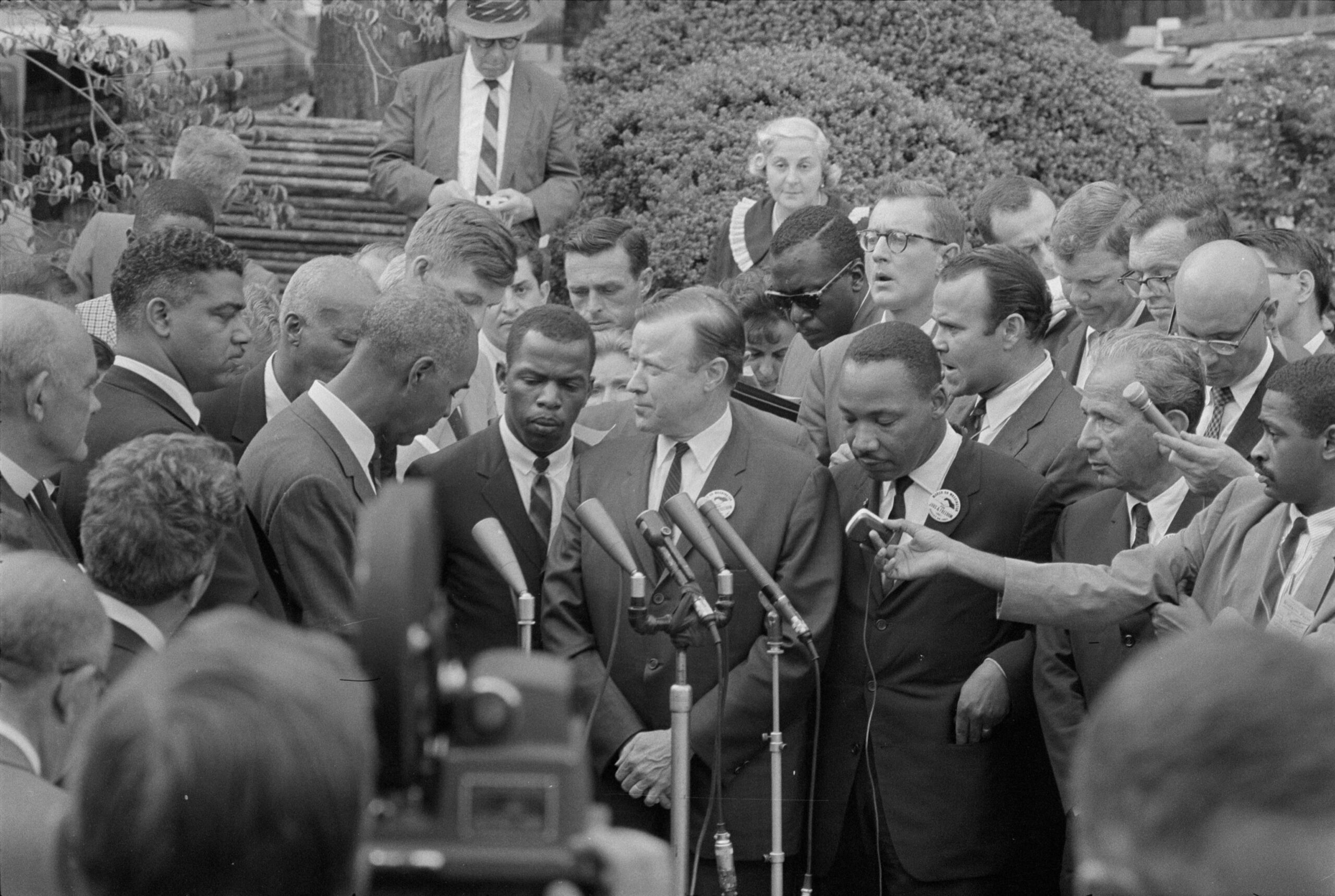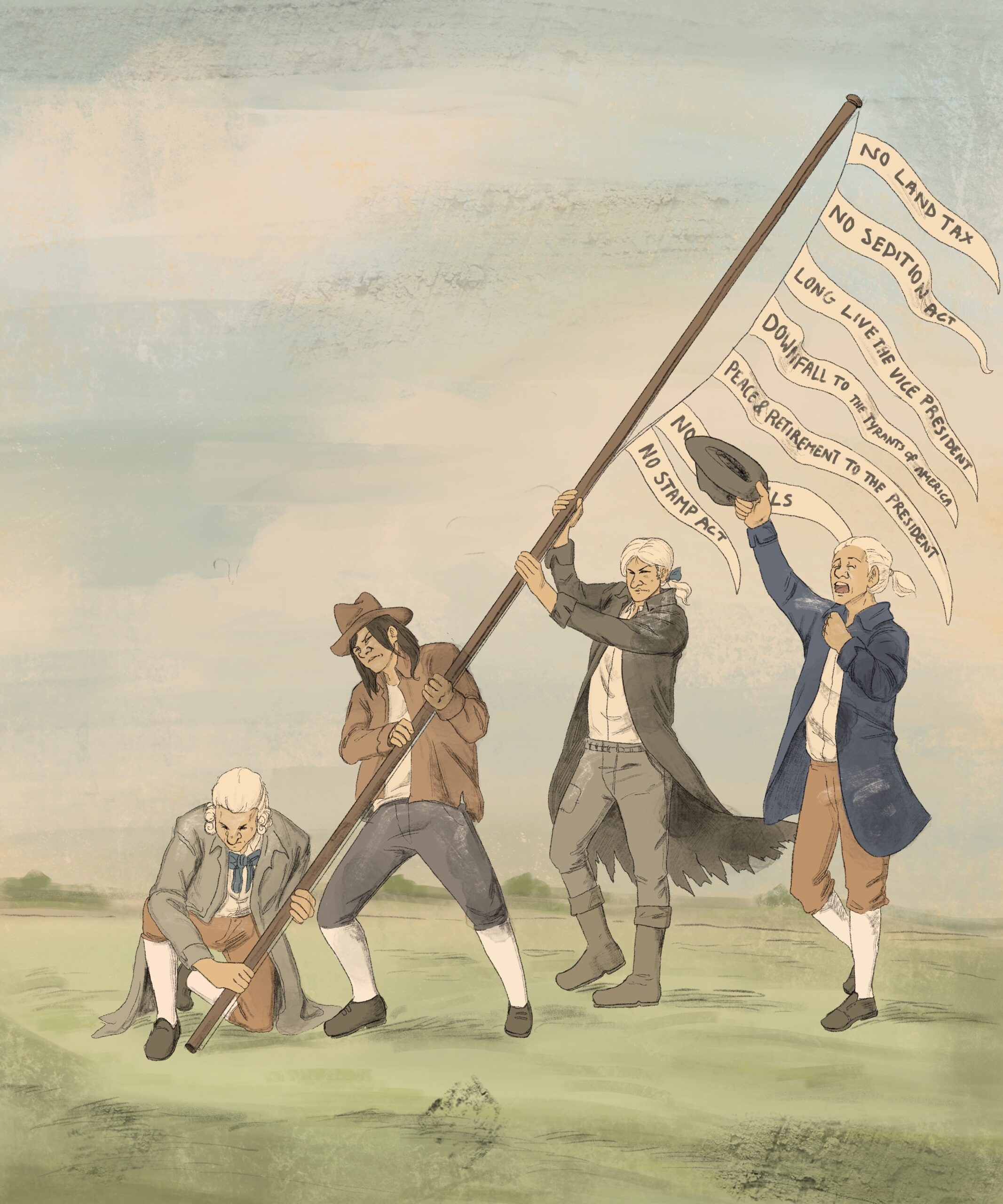Teacher Guide: Does the First Amendment Allow the Government to Censor Art?
For much of our nation’s history, the First Amendment’s guarantee of freedom of speech did not clearly protect art from government censorship. Over the course of the 20th century, however, courts gradually extended speech protections to a broader range of artistic expression, including film, dance, theater, and fine arts. Today, public officials can censor art only in limited circumstances. What are those circumstances, and what protection does the First Amendment provide?
The civil rights movement of the 1950s and 1960s not only led to significant legislative change and social progress, but it also served as a catalyst for the expansion of First Amendment freedoms. This teacher’s guide recounts many of the First Amendment developments ushered in during this new era of commitment to civil rights and equality. These include constitutionalizing libel law, protecting peaceful protesting, acknowledging new forms of symbolic speech, recognizing the freedom of association, and limiting the ways in which licensing laws can be used to censor speech.
Teacher Guide: The Right to Peacefully Assemble
This teacher guide examines the role peaceful protest has played in United States history, how the law evolved to ensure greater protections for protest, and contemporary threats to assembly rights. It includes information about the civil rights movement, major court cases, and the philosophy of civil disobedience.
Teacher Guide: The Sedition Act of 1798
The Sedition Act of 1798 was the first great test of the First Amendment’s protection for the freedom of speech and press. Under the new law, Americans could face up to $2,000 in fines (nearly $42,000 in 2020 dollars) and two years in prison for criticizing a public official. Passed only seven years after the ratification of the Bill of Rights, the Sedition Act forced the young country to decide not just whether it was truly dedicated to freedom of speech, but also what that idea would even mean in a democratic republic.
Teacher Guide: Why is James Madison’s Defense of Freedom of the Press Critical Today?
Public officials of all political stripes throughout American history have accused the press of false or biased reporting. President Donald Trump, for one, has accused some news organizations of publishing "fake news" about his administration. This is an opportune time for educators to reach back to James Madison for what may be the most powerful defense of freedom of the press written by any American.
Teacher Guide: How are NFL Protests Related to Symbolic Speech and the First Amendment?
Symbolic speech as a form of protest, like taking a knee at a football game while others stand for the National Anthem, enjoys a long history in America. The NFL protests—players taking a knee during the playing of the National Anthem before NFL games—provides an extraordinary opportunity for teaching how the idea of speech has evolved beyond the spoken word to encompass artistic and symbolic speech.





